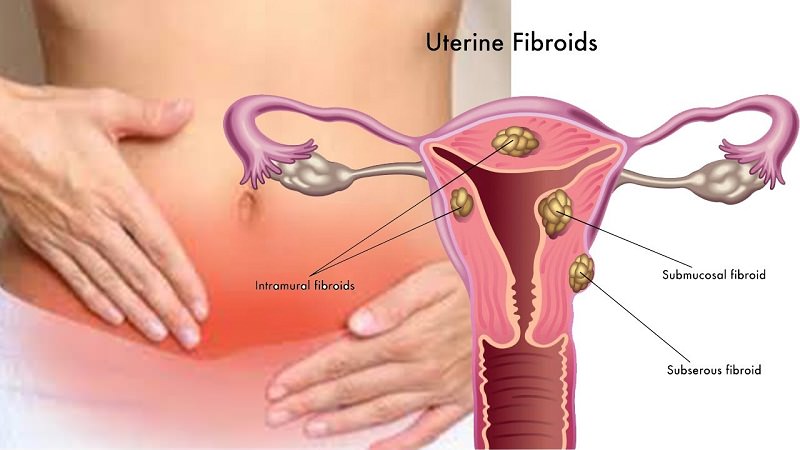
Meet Our Doctor
Dr. Rita Bang
Best doctor for fibroids in Nagpur

What are Fibroids?
A fibroid is a lump or growth in the uterus that is not cancerous. Fibroids can be as small as a pea to as large as a basketball. They are usually round and pinkish in color, and they can grow anywhere inside or on the uterus.
About 30% of women older than 30 years have fibroids, and they usually appear between the ages of 35 and 45. Some women are more likely to get fibroids, including black women, women who have never been pregnant and women who have a mother or sister with fibroids.
The cause of fibroids is unknown. However, the female hormone estrogen seems to play a role in stimulating the growth of some fibroids.
Types of Fibroids
Fibroids can grow anywhere in the womb and vary in size considerably. Some can be the size of a pea, whereas others can be the size of a melon. The main types of fibroids are:
Intramural fibroids are the most common type of fibroid, which develop in the muscle wall of the womb
Subserosal fibroids develop outside the wall of the womb into the pelvis and can become very large
Submucosal fibroids develop in the muscle layer beneath the womb’s inner lining and grow into the cavity of the womb
Symptoms of Fibroids
Some women never realize that they have fibroids because they have no symptoms. In other women, uterine fibroids are discovered either during a routine gynecologic exam or during prenatal care.
When symptoms of fibroids occur, they can include:
- Pelvic pain or pressure
- Heavy menstrual bleeding
- Bleeding or spotting between menstrual periods
- Unusually frequent urination
- Abdominal swelling
- Infertility, if the fibroids are blocking the fallopian tubes
- Constipation
Diagnosis of Fibroids
Pelvic ultrasound — In this radiology test, a wand-like instrument will be moved over your lower abdomen or may be inserted in your vagina to view the uterus and other pelvic organs more closely. The instrument produces sound waves that create an image of your pelvic organs.
Hysterosalpingogram — In this X-ray procedure, a dye is injected into your uterus and fallopian tubes to outline any irregularities.
Hysteroscopy — During this procedure, a narrow instrument that looks like a telescope is inserted through your vagina into your uterus. This lets the doctor look for abnormal growths inside your uterus.
Laparoscopy — In this procedure, a thin tube-like instrument called a laparoscope is inserted through a small incision in your belly so the doctor can look inside the abdomen.
Treatment of Fibroids
Myomectomy — This means cutting the fibroids from the uterine wall. Myomectomy allows a woman to keep her entire uterus in case she wants to have children. However, because this surgery can leave the uterine wall weakened, future babies may have to be delivered by Caesarean section.
Uterine artery embolization — In this X-ray-guided procedure, material is injected into specific blood vessels to plug them and stop blood flow to a fibroid or fibroids. It is an option for a woman who may not be medically cleared for surgery or who does not plan to have more children, but prefers not to have her uterus removed.
Hysterectomy — In this procedure the uterus is removed including all fibroids within it. Though other options are available to treat or remove fibroids and the patient’s needs and goals must be fully considered, in some cases hysterectomy is the preferred treatment.
